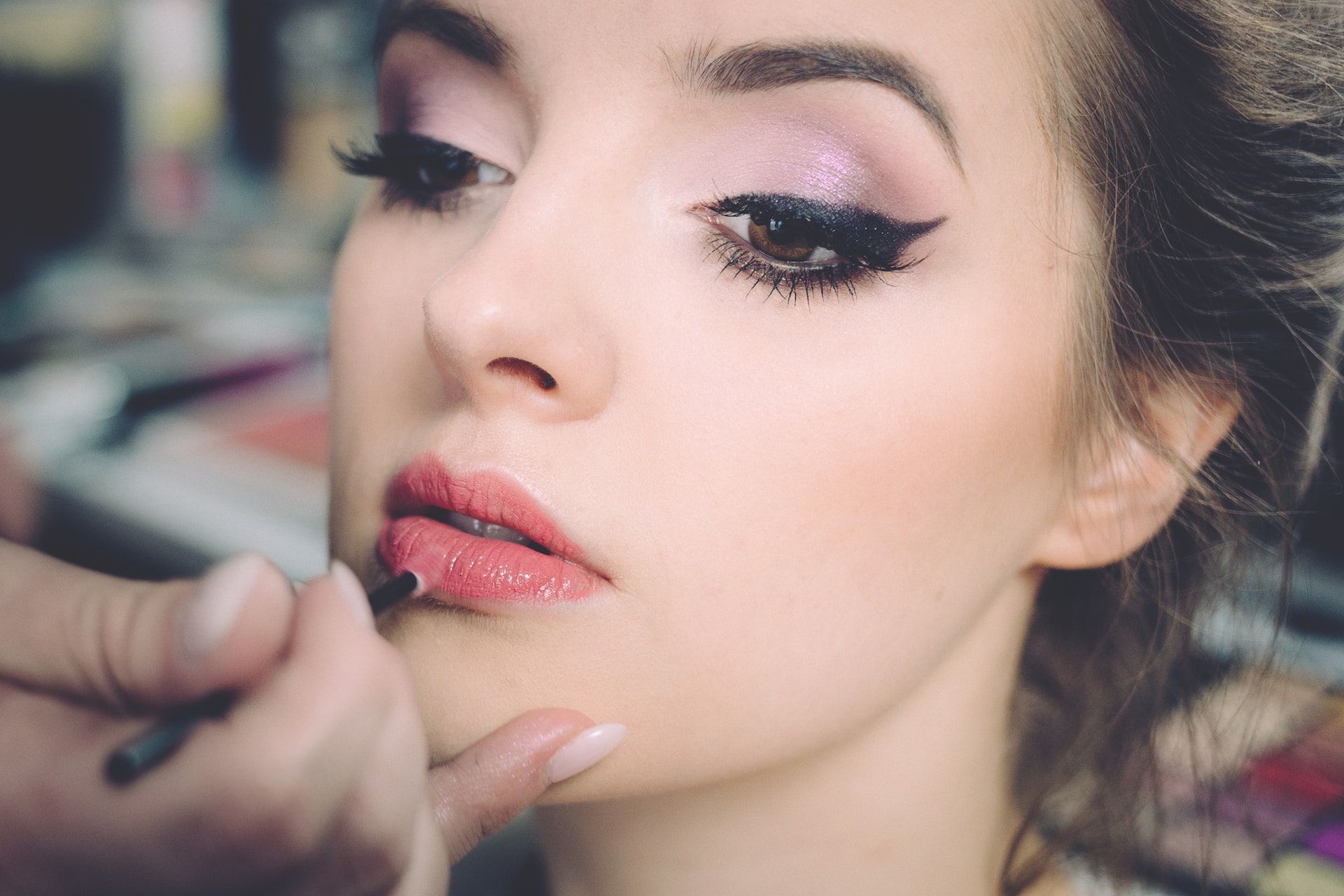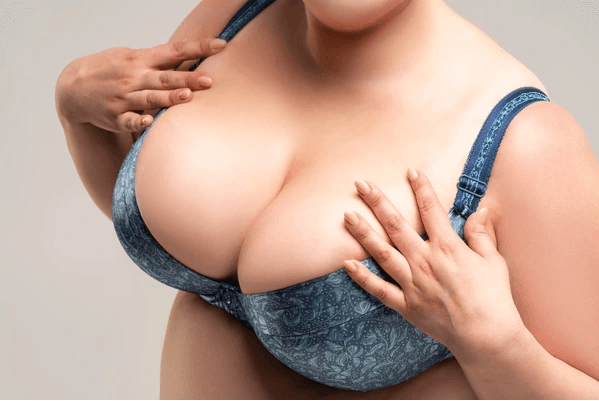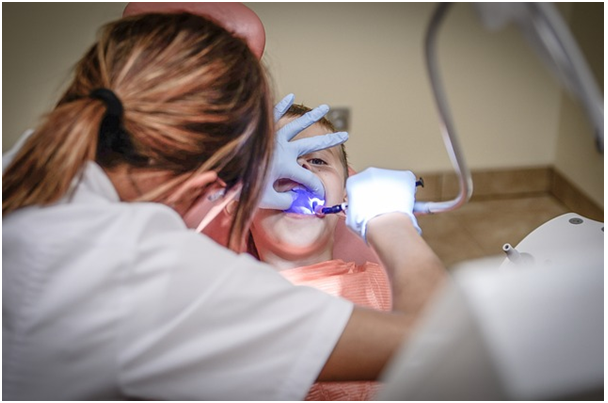Big boob or Larger breasts are often perceived as a desirable feature, but many individuals with large breasts experience a range of physical and emotional challenges that can affect their daily lives. The added weight, discomfort, and strain can lead to health problems that require careful attention and management. In this blog, we’ll discuss the health issues and challenges that people with larger breasts commonly face and some strategies for coping with these issues.
1. Back, Neck, and Shoulder Pain
One of the most prevalent challenges faced by individuals with larger breasts is chronic pain in the back, neck, and shoulders. The weight of large breasts can put significant strain on the upper body, leading to poor posture and ongoing discomfort. This pain can interfere with daily activities and make it challenging to perform tasks that require prolonged standing or physical exertion.
Solutions: Wearing a properly fitted bra with adequate support is crucial to alleviate some of this discomfort. A supportive bra can help distribute the weight more evenly and reduce strain on the back and shoulders. In some cases, physical therapy and posture exercises can also help strengthen the muscles and alleviate pain.
2. Skin Issues
Individuals with larger breasts are more prone to skin irritation and rashes. The skin beneath the breasts can become warm and moist, creating the perfect environment for chafing, rashes, and even fungal infections. This can lead to discomfort and make it difficult to wear certain types of clothing.
Solutions: Keeping the area clean and dry is key to preventing skin issues. Wearing moisture-wicking bras and using an antifungal powder can help reduce the risk of rashes and infections. Some people also find it helpful to place soft, breathable fabric under the breasts to absorb moisture.
3. Posture Problems
The added weight of larger breasts can affect posture, causing individuals to hunch forward. Over time, this can lead to spinal misalignment and other musculoskeletal issues. Poor posture can also contribute to headaches and increased fatigue.
Solutions: Practicing good posture and performing exercises that strengthen the back and core muscles can help counteract the tendency to hunch. Physical therapists can also provide personalized exercises and stretches to improve posture and prevent long-term problems.
4. Difficulty Finding Comfortable Clothing and Bras
Finding clothing and bras that fit comfortably can be a major challenge for individuals with larger breasts. Standard-sized clothing may not accommodate larger busts properly, leading to issues such as ill-fitting tops and discomfort. Bras that provide adequate support can also be hard to find, and they may be expensive.
Solutions: Shopping at specialty stores that cater to larger bust sizes can make a significant difference. These stores often carry a wider range of sizes and styles that provide proper support and comfort. Custom-fitted bras can also be a worthwhile investment for improved comfort and support.
5. Restricted Physical Activity
Engaging in physical activities such as running, jumping, or high-impact sports can be particularly challenging for individuals with larger breasts. The movement of the breasts during exercise can cause discomfort and even pain, discouraging people from participating in physical activities that they might otherwise enjoy.
Solutions: Wearing a high-impact sports bra designed specifically for larger breasts can help minimize movement and provide the necessary support during exercise. Some individuals may also find it helpful to engage in low-impact activities like swimming, walking, or cycling, which put less strain on the chest.
6. Emotional and Psychological Challenges
In addition to physical discomfort, larger breasts can also lead to emotional and psychological challenges. Some individuals may feel self-conscious or experience unwanted attention, which can lead to anxiety and body image issues. The physical discomfort associated with large breasts can also contribute to a reduced quality of life and feelings of frustration.
Solutions: Seeking support from friends, family, or a mental health professional can help individuals cope with the emotional challenges associated with larger breasts. Body positivity and self-acceptance can also play an important role in improving self-esteem and mental well-being. Connecting with others who share similar experiences can provide a sense of community and support.
7. Bra Strap Grooves
The weight of larger breasts can cause bra straps to dig into the shoulders, leading to deep grooves, redness, and even numbness. This is often due to the lack of proper support from the bra band, causing the straps to bear more weight than they should.
Solutions: Choosing a bra with a wider band and straps can help distribute the weight more evenly and reduce the pressure on the shoulders. Bras with padded straps can also provide more comfort and prevent strap grooves.
8. Sleep Discomfort
Sleeping can be uncomfortable for individuals with larger breasts, especially when lying on the stomach or side. The pressure on the chest can cause discomfort and make it difficult to find a comfortable sleeping position.
Solutions: Sleeping on the back may be more comfortable for individuals with larger breasts. Placing a pillow under the chest or between the breasts while lying on the side can also help alleviate discomfort and make sleeping easier.
9. Potential for Breast Reduction Surgery
For some individuals, the challenges of living with larger breasts are significant enough that they consider breast reduction surgery. This surgical procedure can alleviate many of the physical and emotional issues associated with large breasts, including chronic pain and discomfort.
Solutions: Breast reduction surgery can be a life-changing option for those who experience severe pain or limitations in their daily activities due to their breast size. It is important to consult with a qualified medical professional to discuss the potential risks, benefits, and recovery process of the surgery.
Conclusion
Having larger breasts can present various health issues and challenges, ranging from physical discomfort like back pain and skin irritation to emotional difficulties like self-consciousness and anxiety. Fortunately, there are solutions available that can help manage these issues, such as wearing properly fitted bras, practicing good posture, engaging in low-impact exercises, and seeking support for emotional well-being.
For those who experience significant pain or a reduced quality of life, consulting with a healthcare provider is essential. Whether it’s through supportive garments, physical therapy, or even surgery, finding the right solution can greatly improve both physical and emotional health, allowing individuals with larger breasts to live more comfortably and confidently.












Leave a Reply